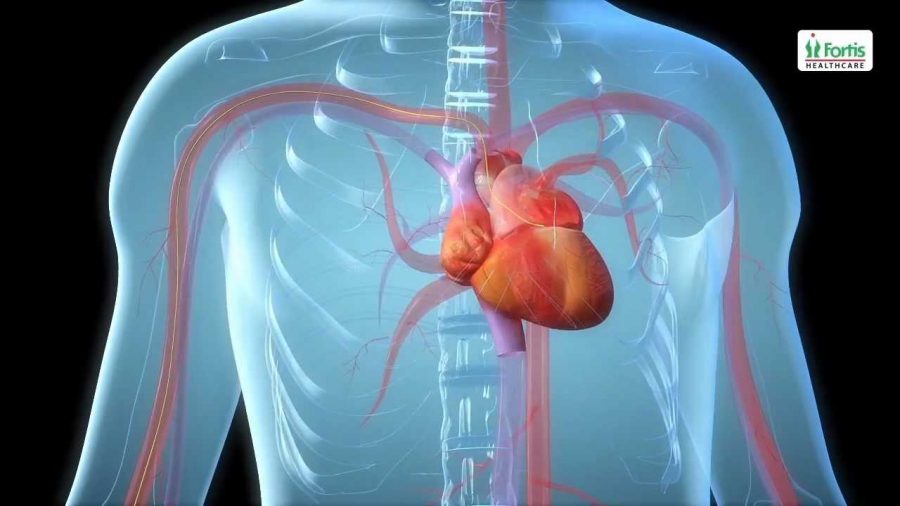Angioplasty is a term that is sure to evoke anxiety and fear among people suffering from heart disease. Binge eaters also are likely to be equally tensed with it. The fact is angioplasty is found to offer heart patients with new life.
About angioplasty
In the Latin language, ‘Angio’ means vessel, while ‘plasty’ stands for repair. When combined together, the phrase mans repairing the heart vessels. It is performed to widen the heart arteries that have hardened because of plaque deposition. In colloquial terms, plaque is cholesterol buildup in arterial walls to the heart.

Besides this, angioplasty is found to be vital for healthy and proper functioning of the heart. It is not required to access the heart or to stop it to perform this procedure for restoring normal blood flow. This procedure helps to regulate blood supply across the heart and eliminates heart attack possibilities, thus snowballing into cardiac arrest. Angioplasty is favored by patients in huge numbers as it can cure heart diseases, over-perform by-pass grafting, etc. Cost of angioplasty treatment in India is quite low, thus prompting patients from all over the world to come here for advanced treatment.
Signs requiring immediate angioplasty treatment
- Blockage in one/multiple arteries
- Extreme pain in chest region, spreading to shoulders and arms because of insufficient blood supply to heart.
- Multiple or single heart attack
- Coronary heart disease or Ischemic heart disease
- Stress experienced while exercising or exertion caused while performing activities
Different types of angioplasty techniques that are employed by cardiologists
Besides angioplasty treatment in India cost being low, the heart specialists and cardiologists are aware of the different techniques to conduct angioplasty, according to specific health requirements of the patients. The decision will depend upon which artery has been blocked and the toughness of plaque build-up. Angioplasty procedure types are as follows:
- Balloon Angioplasty: In the affected veins or arteries, there is inserted balloon catheter. Air is then passed to inflate it, thus expanding vein or artery region. It facilitates enhanced blood flow. Then balloon is deflated off air, to be removed. Stent is then inserted for keeping open the arteries and aired. It helps to prevent arteries from getting narrow again. The procedure is known as coronary stenting. Stent could be medicine coated or bare metallic.
- Atherectomy: Aretherectomy device is used to cut built up plaque in arterial walls. Rotational cutting device tends to crush plaque that is gathered on previously used atherectomy equipment tip and plaque sucked using vacuum.
- Peripheral Angioplasty: If blood supply to patient’s feet is reduced due to narrowed arteries, this type of procedure will be necessary. The typical symptom here is pain in the leg due to reduced blood supply. Catheter gets inserted within upper thigh during the procedure to provide better view of affected peripheral artery. Balloon is inserted using catheter and filled with air. Blocked area tends to widen, thus restoring supply blood supply.
The above are few of the angioplasty types performed by the qualified and talented physician



